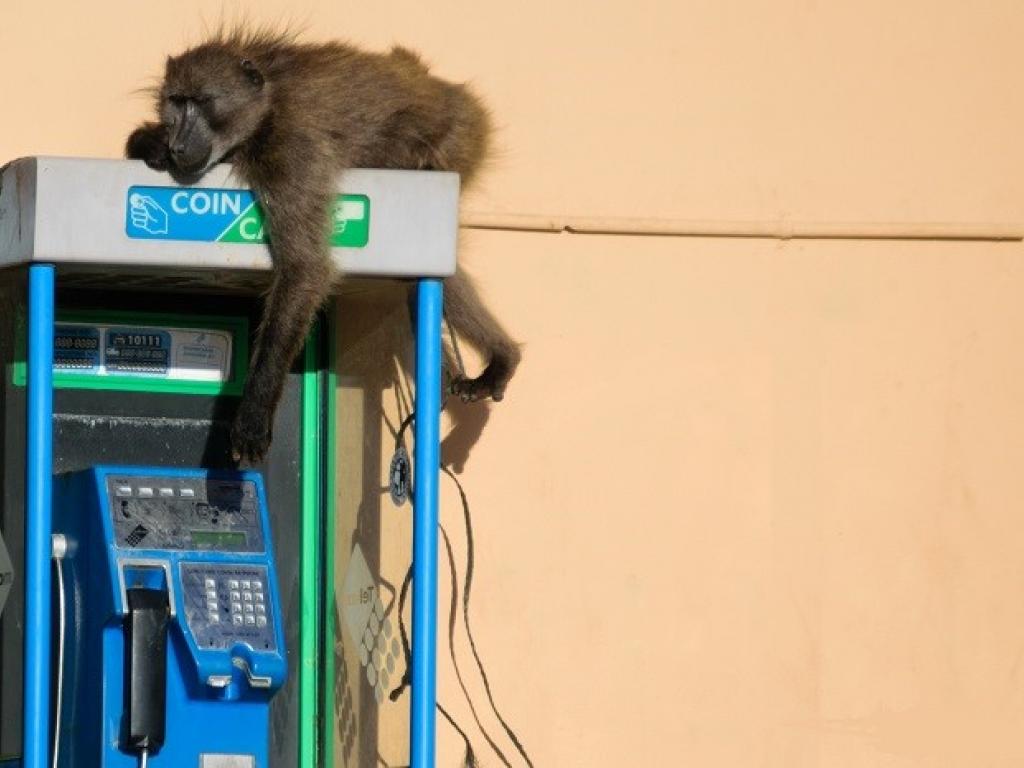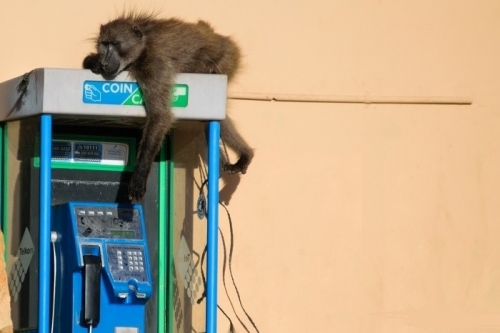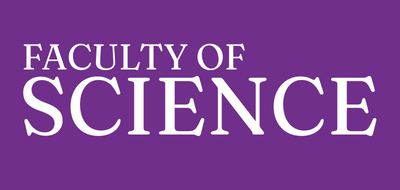Wildlife solutions for a crowded planet


A centuries-long war has been ongoing in the Western Cape province of South Africa – a war that pre-dates apartheid, the South African war and the militaristic rise of the Zulu Kingdom. It is a battle between humans and baboons over territory and food; just one example of conflict between people and wildlife on our crowded planet.
Most of the Cape Peninsula, which used to be the baboons’ natural habitat for foraging and breeding, has been taken over by the growing population of humans, and baboons have been pushed into the peripheries, particularly into mountainous areas, where food is scarce.
“The baboons have been marooned by a rising tide of humanity,” says Justin O’Riain, professor in the Department of Biological Sciences and director of the new Human-Wildlife Institute. “They are trapped on the higher reaches of mountainous areas – like small islands in the seas of human settlements – and even there, humans occasionally spill over into the land set aside for them and other wildlife. When they are forced to descend during lean times, they encounter dense residential areas with their easy pickings, which sets the scene for chronic levels of conflict.”
It is to help find a balance between human and wildlife needs that the new Human-Wildlife Institute was formed. It will pull together expertise from a range of disciplines, firstly to understand the drivers of conflict, and then to engage with managers and policymakers to devise sustainable solutions for local, national and global conservation conflicts.
“We used to study interactions only between humans and wildlife,” explains O’Riain, “and through collaboration with colleagues in the humanities, we have learnt the importance of understanding the conflict that exists between humans on how best to approach long-standing conflicts between people and wildlife.”
A complex world of conflicts
O’Riain first tasted the complex world of conflicts in conservation when his students got involved with the study of the chacma baboon crisis in the Cape Peninsula more than 10 years ago.
“Our initial interest was purely biological; however, we soon discovered that the biggest battles were in the boardrooms, as different philosophies and approaches were contested for managing the population. One of the core problems was the public’s lack of understanding of the baboons’ situation. Through applied research and public engagement, we could empower communities to become informed and actively contribute to policy change.”
They also provided expert advice on baboons for management plans, protocols and policy documents, and soon recognised that they also needed to bring other experts on board. “When you have a sociologist, economist, biologist, philosopher and psychologist all working together,” says O’Riain, “you begin to see long-term solutions, when previously there was only a wicked problem.”
The team worked closely with the City of Cape Town, South African National Parks and CapeNature and published data that has informed both policy and management interventions to reduce conflict on the Cape Peninsula. “Such was the success of the collaboration,” he says, “that the ethos has permeated provincial and national policy.”
The team has since been involved in a number of other human-wildlife conflict challenges in the Western Cape, most notably in the drylands of the Karoo, where Associate Professor Beatrice Conradie, director of the Sustainable Societies Unit in the School of Economics, and Nicoli Nattrass, professor of economics at the Centre for Social Science Research, were breaking new ground on one of South Africa’s oldest problems – predators and livestock.
The leopard and the lamb
In the Karoo, land is mainly used for low-density livestock farming, which allows indigenous wildlife to persist, including predators such as leopard, jackal and caracal.
“This has produced one of the most pervasive and complex conservation conflicts in South Africa. It threatens the sustainability of livestock farming, impacts adversely on wildlife welfare and fuels conflict between government, non-governmental organisations, society and academics on both the causes of, and appropriate management responses to, predation in arid farmlands,” says O’Riain.
It is here that the researchers have revealed the value of an interdisciplinary team for tackling complex problems. From farmers’ stoeps to remote Karoo town halls, they are shedding new light on the murky intersection of sociology, politics, economics and biology in the drylands of South Africa. “Any one of us working alone would be severely limited in our understanding of the collective challenges,” says O’Riain, “but together we provided a new approach, firstly to understanding the extent of the challenges facing small livestock farmers, and secondly providing alternatives that will benefit wildlife, domestic animals and the people of the Karoo.”
The SKA conservation challenge
The internationally acclaimed Square Kilometre Array (SKA) project poses another interesting conservation challenge.
“The project has acquired a large number of private farms to create a contiguous ‘quiet’ area within which the radio telescopes are being constructed,” says O’Riain. “This land, which has been used for farming for more than 400 years, will now be returned to a more natural state. We will partner with the South African Environmental Observation Network to monitor the response of mammals to this changing landscape. We also aim to explore how the presence of a newly established conservation area within a small farming area will impact on levels of conflict between predators and livestock.”
The Human-Wildlife Institute has also been invited to provide biodiversity data throughout the proposed fracking (shale gas development) footprint, as part of a joint venture with the Sou
Coastal conflicts
The institute will not be limited to terrestrial systems and has established links with shark researcher Dr Alison Kock. Apex predators on land and in the ocean are particularly vulnerable to persecution, because they not only compete with us for food, but occasionally include us on their menu.
“Our current research on white and seven-gill sharks extends from the basic biology of both species to the impacts on people associated with rare attacks,” says O’Riain. “While we have a good understanding of shark ecology in False Bay, we are in urgent need of a better understanding of the economics and human dimension of shark incidents if we are to keep Cape Town as a city committed to non-lethal management of the apex predator on our doorstep.”
By Birgit Ottermann. Image by Dan Mitler, Flickr.
